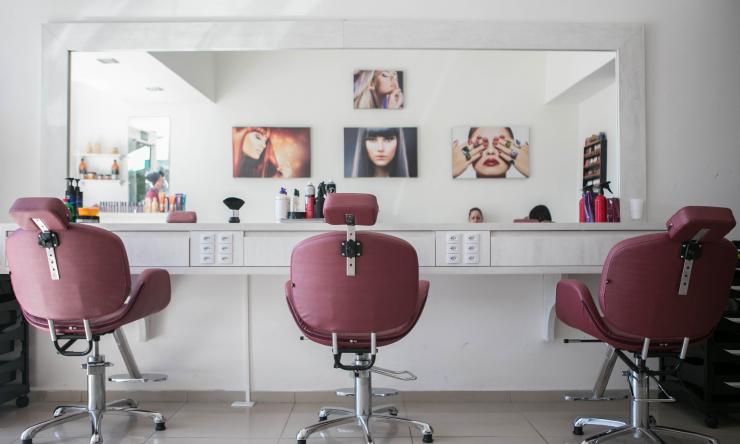How to prevent a chemical burn from hair dye
A visit to the hair salon is a relaxing way to celebrate the beginning of the summer or the lifting of COVID-19 restrictions but freshening your hair color could turn into a painful nightmare without the right precautions.
According to an expert at Baylor College of Medicine, scalp injuries or chemical burns from hair dye are not uncommon, especially for those who have sensitive skin.
“We usually see this injury around prom season and into summer,” said Dr. Nneka Okafor, assistant professor of family and community medicine at Baylor. “We are seeing some now because people have been in quarantine and are finally going out again and want to try new hairstyles or get highlights, so it’s not unexpected that there could be some scalp injury from various cosmetics.”
Most chemical burns to the scalp are caused by certain additives and chemicals in the hair dye, Okafor said. Chemical burns on the scalp also can occur from leaving the hair wrapped in foil under the dryer for an extended period.
She adds that it does not matter whether you are bleaching your hair or going darker – it all depends on the additives used in the dye and how your body reacts to it.
“There are sometimes harsh chemicals in dyes that one could be sensitive to or have a reaction to,” she said. “If you have a more sensitive scalp, it is possible for you to get a burn from it. That is why it’s important to have a consultation with a hairdresser prior to the actual coloring session.”
To prevent an infection or further damage from a chemical burn, it is important to watch for symptoms when the dye is placed on the hair:
• Redness on the scalp
• Pain or burning
• Irritation
• Drainage or discharge from the infected area
Treatment
If there are signs of a chemical burn, Okafor said the first step is to have the hairdresser fully rinse the hair.
After the hair dye is removed, wash your hair with baby soap or any soap without harsh chemicals or fragrance. Avoid touching the area and putting any additional products in the hair that could cause further irritation or damage. Aloe vera or petroleum jelly can be applied to the scalp until the injured area heals and scabs over.
“During the actual color session, the moment you feel any abnormal scalp irritation or pain you should let your hairdresser know immediately,” Okafor said. “If you are starting to have a chemical burn, then they can remove the offending agent, which is probably the color, that could be causing the reaction.”
Prevention
When it comes to preventing a scalp injury or chemical burn from hair dye, Okafor recommends finding a hairdresser who is knowledgeable in hair color. Have a consultation prior to the appointment so they can do a test strip to ensure there is not a reaction to the product, especially if you have previously experienced allergies to various hair or cosmetic products.
“The scalp is an extension of your facial skin, so it is as sensitive as any other part of your skin,” Okafor said. “If you are highly sensitive to various other products then you should be more alert and aware.”










